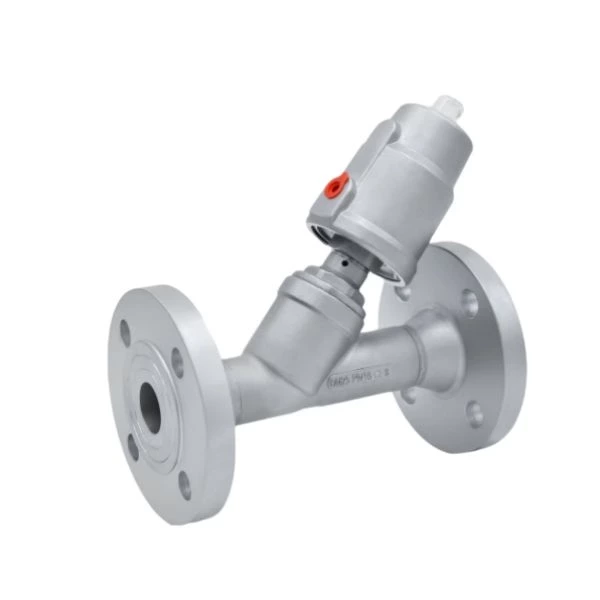Characteristics Of Stainless Steel Pneumatic Angle Seat Valves When Flow Directions A And B Are Selected
Angle Seat Valve Characteristics when selecting flow direction A and B
The stainless steel pneumatic angle seat valve is a guide stainless steel pneumatic angle seat valve operated by a single-acting pneumatic actuator with spring safety protection. When in use, you should choose normally open or normally closed. Stainless steel pneumatic angle seat valves are widely used for short-term frequent start-ups. They are characterized by sensitive response and accurate action. When used with solenoid valves, pneumatic control can accurately control the flow of gas and liquid. It can achieve accurate temperature control, dripping liquid and other requirements.
1. Characteristics when selecting flow direction A:
1. When this flow direction is selected, the service life of the product can be increased.
2. When the working medium is liquid, selecting this flow direction can prevent water hammer impact.
3. For products with a diameter of Φ15/Φ20/Φ25, the working pressure must be below 0.3MPa, otherwise a double-acting actuator must be selected.
4. For products with a diameter of Φ32/Φ40, the actuator must be selected with a double-acting Φ100 size.
5. For products with a diameter of Φ50, the actuator must be double-acting Φ125 size.
II. Characteristics of stainless steel pneumatic angle seat valves when flow direction B is selected:
When the working medium is steam or gas, the flow sealing performance of the product can be improved when this flow direction is selected. However, since the V-shaped sealing ring in the valve body is in contact with the working medium for a long time, it has a certain impact on the service life of the product. In addition, when the working medium is liquid, it is not resistant to water hammer impact.
The parts of the stainless steel pneumatic angle seat valve must be processed before assembly, including:
1. According to the processing requirements, some parts need to be polished, and there should be no processing burrs on the surface.
2. All parts are degreased.
3. After degreasing, pickling and passivation are performed, and the cleaning agent does not contain phosphorus.
4. After pickling and purification, rinse with pure water. There should be no residual reagents. This step is omitted for carbon steel parts.
5. Wipe each part with non-woven cloth. There should be no lint on the surface of the part, or blow dry with clean nitrogen.
6. Use non-woven cloth or precision filter paper dipped in analytical pure alcohol to wipe each component until there is no dirt.
